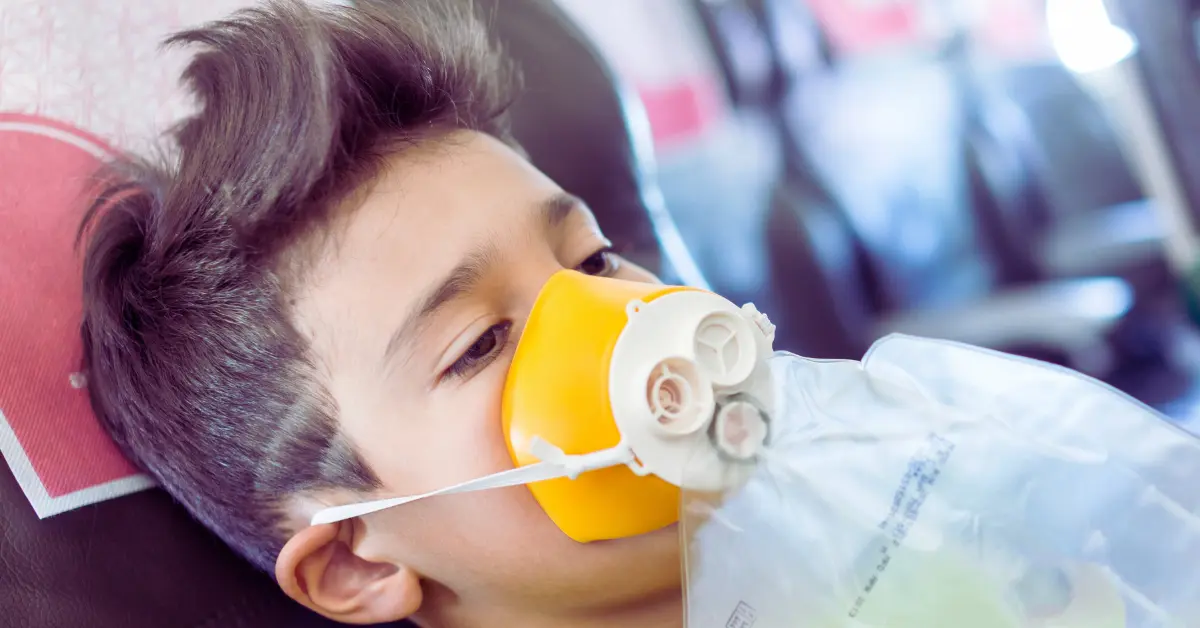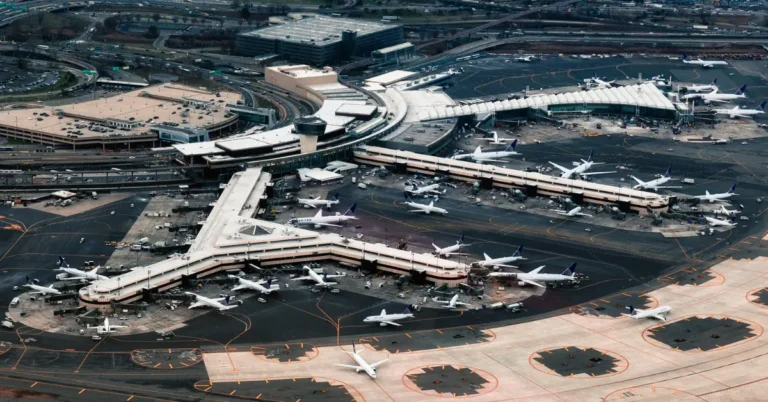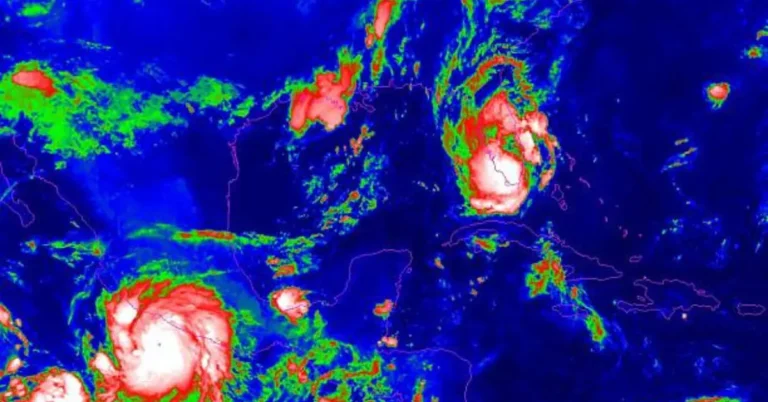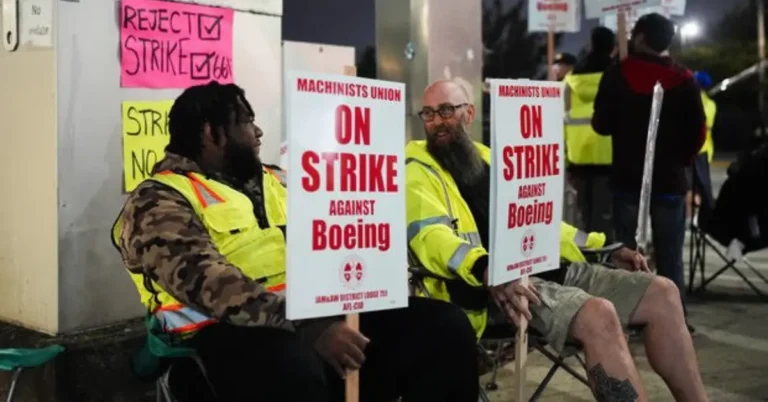Pressurization issues on Korean Air's Boeing 737 Max and Malaysia Airlines' Airbus A330 triggered emergency descents, raising concerns about airline safety. Both flights landed safely with no major injuries, but investigations are underway to ensure passenger well-being remains a top priority.

Recent incidents involving sudden cabin depressurization on Korean Air and Malaysia Airlines flights have sent ripples of concern through the travel industry.
While both flights managed to land safely without serious injuries, these events underscore the critical importance of robust safety protocols and vigilant aircraft maintenance.
Korean Air’s Boeing 737 Max 8 Incident: A Close Call
On a seemingly routine flight to Taiwan, a Korean Air Boeing 737 Max 8 experienced an unexpected scare.
Approximately 50 minutes after takeoff, the cabin pressure plummeted, forcing the pilots to execute an emergency descent and return to Incheon International Airport.
Nineteen passengers were treated for minor ear pain and nosebleeds, but thankfully, no major injuries were reported.
The incident prompted Korean Air to immediately ground the aircraft.
In a coordinated effort with South Korea’s Ministry of Land, Infrastructure, and Transport, the airline ordered inspections of the pressurization systems in all 400 aircraft operated by the country’s 11 airlines.
This incident has inevitably reignited concerns about the Boeing 737 Max, a model that faced global grounding after two fatal crashes in 2018 and 2019.
Also Read: Possum Takes Flight: Tiny Stowaway Causes Chaos on China Eastern Airlines
Malaysia Airlines’ Airbus A330 Incident: A Sigh of Relief
A day later, Malaysia Airlines encountered a similar scare when an Airbus A330 en route to Bangkok reported a pressurization issue.
The pilots swiftly initiated an emergency descent, and the flight safely returned to Kuala Lumpur.
The 164 passengers and 12 crew members on board Flight MH780 remained unharmed, and oxygen masks were not deployed due to the controlled descent before reaching the altitude where they would be necessary.
Malaysia Airlines is actively investigating the incident to determine the root cause.
Also Read: 400 Feet From Disaster: Inside Southwest’s Terrifying Near-Miss Over Hawaii
The Science of Pressurization and Its Vital Role
Cabin pressurization is a technological marvel that ensures passenger safety at high altitudes.
As an aircraft ascends, the external air pressure drops drastically, making it difficult to breathe.
Pressurization systems maintain a comfortable and safe cabin pressure by pumping compressed air into the aircraft.
However, if the pressurization system malfunctions, a rapid depressurization can occur.
This can lead to hypoxia, a dangerous condition caused by oxygen deprivation, and pose serious health risks to passengers and crew.
Emergency descents are a crucial procedure to quickly bring the aircraft to a lower altitude with breathable air.
Also Read: Manchester Airport Power Outage: Flight Cancellations, Delays, and Passenger Updates
Industry Response and the Path Forward
Both Korean Air and Malaysia Airlines are conducting thorough investigations to determine the cause of the pressurization problems.
Aviation authorities are also involved, ensuring that all necessary steps are taken to prevent similar incidents in the future.
These incidents serve as a stark reminder that even with the most advanced technology, vigilance and continuous improvement in aircraft maintenance are paramount.
The aviation industry has a remarkable track record of learning from such events and implementing measures to enhance safety.
Also Read: High Airfares Soar: AirAsia CEO Reveals Bold Strategy to Keep Flights Affordable
Ensuring Safe Skies for Travelers
While these incidents have understandably raised concerns, it’s important to emphasize that both flights landed safely and no major injuries occurred.
Airlines and regulators remain steadfast in their commitment to passenger safety and are proactively addressing the issues.
As the investigations progress, travelers can take comfort in knowing that the well-being of passengers and crew remains the top priority for the aviation industry.










